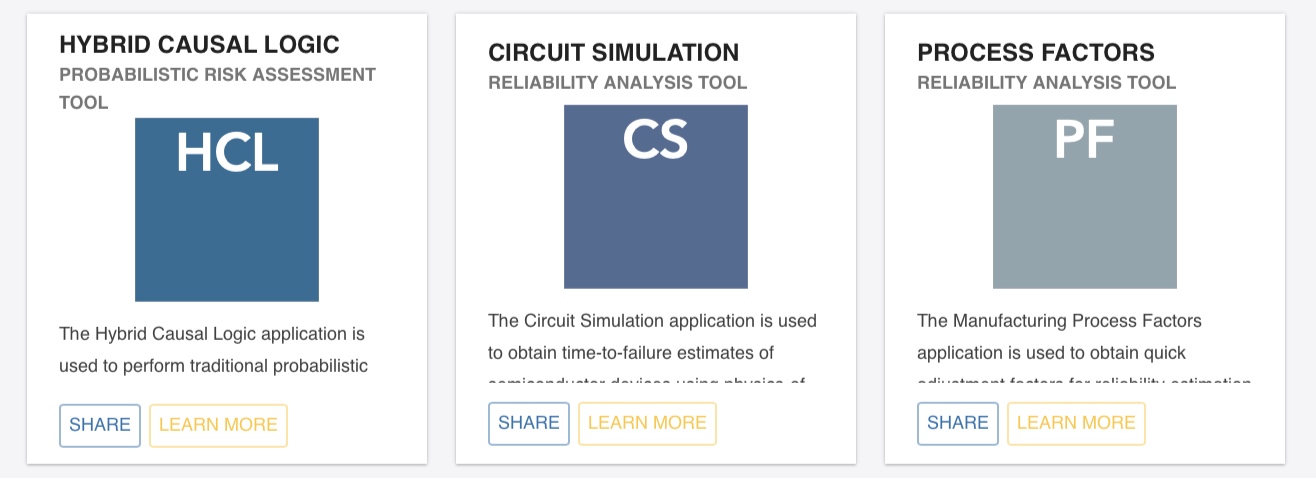IRIS
/The Integrated Risk Information System (IRIS) software is a platform to perform probabilistic risk assessment (PRA) based on the Hybrid Causal Logic (HCL) methodology. The HCL methodology employs a model-based approach to system analysis. The framework contains a multi-layer structure that integrates event sequence diagrams (ESDs), fault trees (FTs), and bayesian belief networks (BBNs) without converting the entire system into a large BBN.
IRIS MULTI-LAYER STRUCTURE
This allows the most appropriate modeling techniques to be applied in the different individual domains of the system. The scenario or safety context is modeled in the first layer using event sequence diagrams. In the next layer, fault trees are used to model the behavior of the physical system as possible causes or contributing factors to the incidents delineated by the ESDs. The BBNs in the third layer extend the causal chain of events to potential human and organizational roots. The connections between the BBNs and ESD/FT logic models are formed by binary variables in the BBN that correspond to basic events in the FTs, or initiating events and pivotal events in the ESDs. The probability of the connected events is thus determined by the BBN. In order to quantify the hybrid causal model it is necessary to convert the three types of diagrams into a set of models that can communicate mathematically. This is accomplished by converting the ESDs and FTs into Reduced Ordered Binary Decision Diagrams (ROBDD). BBNs are not converted into ROBDDs; instead, a hybrid ROBDD/BBN is created. In this hybrid structure, the probability of one or more of the ROBDD variables is provided by a linked node in the BBN.
IRIS Developmental History
IRIS was developed for the US Federal Aviation Administration for risk-informed safety oversight in 2007.
Currently, its development is supported by NASA's Jet Propulsion Laboratory for system reliability analysis of commercial off-the-shelf (COTS) usage in space systems.
IRIS Features
- BDD-based logic operations
- BBN-based basic event quantification
- Scenario cut-set identification, allowing for the identification of the top contributing cut-sets
- Scenario point estimate quantification, accounting for dependencies between basic events
- ESD supports binary pivotal events
- ESD supports pinch points (multi-phase sequences)
- Fault tree supports AND, OR, NOT, K/N gate types
- Discrete Bayesian Belief Networks
- Modularized design allows different configurations of BBN solvers, BDD solvers
- BDD ordering rules
- File-based and API-based input of HCL models
- Number of file-formats can be expanded







